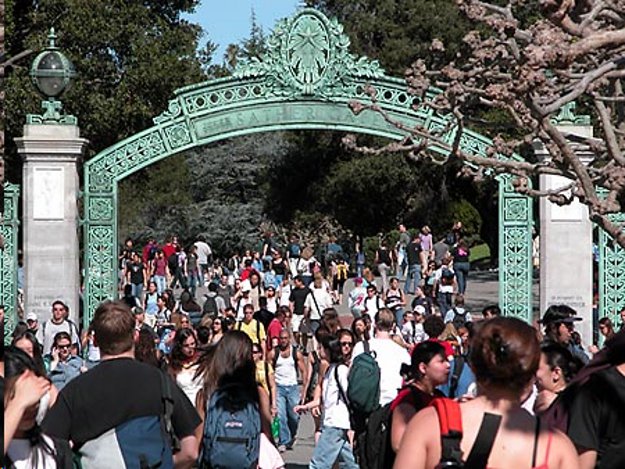Tackling America’s Growing Education Debt Crisis

Education is one of the most crucial issues in American society. The crux of the discussions revolve around the astronomical costs of higher education. This issue largely targets Generation- Y (millennials) especially hard.
The millennial generation is on track to become the most educated generation thus far. This is likely due to the emphasis placed on higher education due to continued statistical data concluding that those with a higher education degree earn significantly more than their high school diploma or no high school credential counterparts. While it is easy to simply applaud this data, a deeper look reveals issues that desperately need attention from the general public and lawmakers alike.
According to the College Board, "The average cost of tuition and fees for the 2013-2014 school year was $30,094 at private colleges, $8,893 for state residents at public colleges, and $22,203 for out-of-state residents attending public universities." Multiply that number by two to get the average cost of an Associate's degree, by four for a Bachelor's degree, and any degree higher is even more expensive, with no help offered through financial aid past the Bachelor's point. This is leaving millennial graduates with tens of thousands, and in some cases even hundreds of thousands of dollars, in debt. This outrageous debt that was once predominately common at the graduate level has now become the norm for most college graduates in the undergraduate level. Even though a college education still remains a worthwhile investment, the financial burden placed on millennials after graduation is unprecedented in severity.
In order to satisfy these financial burdens, many students have turned to financial aid and loans through the government or private lenders. The combined balance of federal student loans nationwide have now exceeded the trillion-dollar mark.
In Andrew Martin and Andrew W. Lehren's New York Time's "Degrees of Debt" article, they use one story as a microcosm for this much greater issue. They speak to a recent graduate and marketing major from Northern Ohio University about her particular predicament. Her $120,000 debt equates to her owing about $900 in student loans per month, and the debts are so brutal that she has to move back in with her parents.
This story of millennials having to move back in with their parents has become all too common for this generation. In this particular instance, the graduate's mother co-signed the loan with her and is going as far as taking out life insurance on her daughter in case something were to happen to her since the amount due is so immense.

One reason that students apply to more expensive schools is that these large schools have become extraordinary at selling the benefits of attending a school of their stature while downplaying the actual costs. A second important element is the emphasis placed on attending a large university with a plethora of different fields of study and the ever important name recognition. Each student's particular situation and reasoning is case sensitive, but whatever it may be, it seems to always equate to a large sum of debt.
In President Obama's latest State of the Union speech, he outlined a plan to help tackle this issue weighing down on millennials. The president's suggestion is to make the two years at community college free of tuition to students who attend school at least half time and maintain a GPA of at least 2.5 and are making serious progress towards completing a two-year degree or transferring to a four-year school. Statistics show that about 40 percent of students choose to attend community college. President Obama went on to say “Some are young and starting out. Some are older and looking for a better job. Some are veterans and single parents trying to transition back into the job market. Whoever you are, this plan is your chance to graduate ready for the new economy, without a load of debt.”
Elizabeth Warren, the Democratic Senator from Massachusetts and popular liberal figure, has also spoken out against the high levels of interest on student loans for years. This led her to come up with the "Student Loan Fairness Act" last year. The intent was to make the interest rate on federal Stafford loans the same as the one that banks receive from the Federal Reserve. Under her plan, the rate on government-issued student loans would fall from 6.8 percent to 0.75 percent, saving students thousands over the life of their loans. Unfortunately, this bill was ultimately blocked by House Republicans.
With the issue of incomparably high education-related debt for students still relatively unsettled, this debate will surely continue in the 2016 presidential elections. The millennial vote is in high demand, so it will be important how politicians address the issue of education costs in order to appease a generation that is straddled with so much debt.
Highbrow Magazine






























































































































































































































































































































